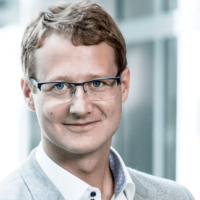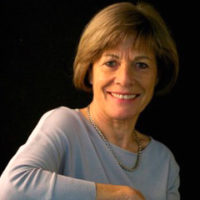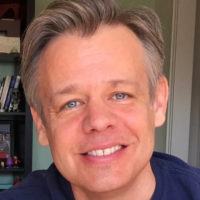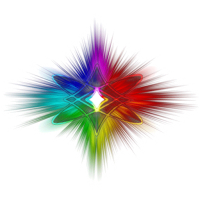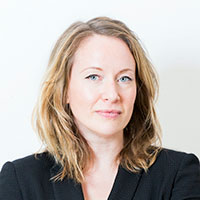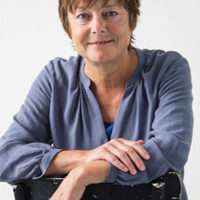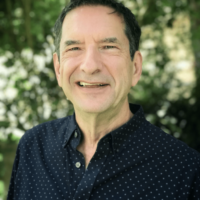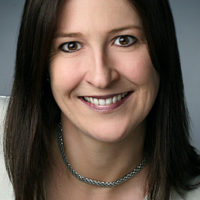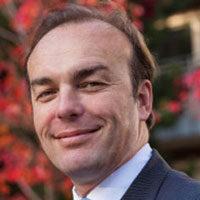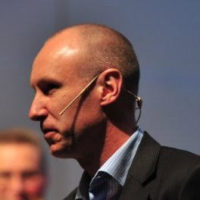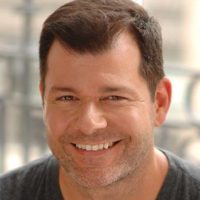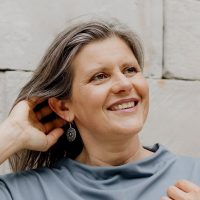One of the hallmarks of Transformational Presence is cutting to the core of a situation and getting to the essence of what is happening. That includes cutting through to our core beliefs and perceptions – our fundamental worldviews. Transformation is an “inside out” process. It starts with a shift in our fundamental perceptions, beliefs, awareness, and understanding. Our fundamental worldviews have profound influence on our choices, decisions, and actions on every level of our lives, whether or not we are aware of those core beliefs and perceptions.
There is one fundamental worldview that is the foundation upon which all others are formed. Either we see everything as separated from everything else, or we see everything as connected to everything else. We either imagine the world as a grid of unconnected dots, or we see it as a matrix of relationships where every dot is connected to at least one other.
This fundamental worldview determines how we look at everything. Furthermore, how the mass consciousness views the world – as connected or as separate – will ultimately determine whether we thrive or self-destruct as a global civilization.
Some might say that’s a bold statement. Yet the more I study how the world works as energy in motion, and the more I work with people who are committed to making a significant difference, the more I understand this as a fundamental truth.
The contrast between these two fundamental worldviews is playing out center stage in the world today. It manifests as the polarity between nationalism (“we take care of our own” or “every man/woman/company/country for themselves”) and globalism (“we’re all in this together, and we need to take care of one another”). It can also show up in the polarity between progressive and traditionalist thinking – in the contrast between those who are curious about the world and have a desire to grow and learn from one another, and those who hold fast to a smaller, familiar, and predictable world where their beliefs and assumptions are less likely to be challenged.
At the most basic levels of human behavior, when we see everything as separate from everything else, we are more likely to compete for power and dominance as a way of survival. When first encountering another person or situation, an initial motive is to find out whether this person or situation is good or bad – friend or foe.
This worldview fosters a belief that our ability to survive depends on how good we are at fending off attackers. At its extreme, it supports living in protection and survival modes all the time, ready to defend what we perceive to be ours, attacking anything we may perceive as a threat, and being always on guard so that nothing can be taken from us.
However, protection and survival are short-term strategies, at best.
On the other hand, coming from a worldview that everything is connected to everything else, we are more likely to take a different approach. When faced with challenging situations, our initial response might be to open communication and build or strengthen relationships. We are more likely to understand that we can only thrive when we have healthy interactions with others. When we see the world as a matrix of connections, we are more likely to acknowledge that we need each other. It doesn’t mean that we always necessarily like each other or agree with each other, but that we’ve found a way to co-exist.
It’s also not just about how we relate to other people; it’s about our relationship with our environment and the planet. When we view our entire world as an interconnected ecosystem, and when we understand that the ultimate well being of every person and every part of the system is dependent on the well being of all, we make different choices and take different actions.
We start building a future together instead of focusing on our grievances. We build alliances and expand awareness. We take care of the whole – the whole of individuals as well as the whole of the collective.
Years ago when I was living in New York City, John Guare’s play, Six Degrees of Separation, was a big hit. That started me thinking about the actual theory behind the play’s title. The theory is that there are never more than six “degrees” – people, places, events – separating us from anything or anyone in the world.
This idea grabbed onto me and wouldn’t let go. I became incredibly curious. I started imagining a matrix of all of the people and situations in my life. Then, just for fun, I began looking for connections and “degrees of separation” between me and well-known people around the world. That led me to look for connections to events and situations in far-away lands.
I was amazed to discover how few degrees of separation there actually were! When I peered deep into the matrix of my own life, I discovered that there were often only two or three degrees separating me from almost anyone or anything. Within a few months, my understanding of how the world works exploded open. I started looking for and finding connections in everything. The idea of a global community and an interdependent world became very real.
Contrary to how it may feel at times, I believe that there is an awakening happening in the mass consciousness. I believe that we are close to reaching a tipping point towards an “everything is connected” worldview. The widespread condemnation of Mr. Trump’s withdrawal from the Paris Climate Accord and the immediate pledges of commitment to improving environmental standards and the well being of our planet is just one recent example. Yet a worldview is only the starting point.
So how do we support the continued awakening of this awareness in the mass consciousness?
We start within ourselves – with our day-to-day choices, decisions, and actions. We may believe that everything is connected to everything else, yet do we consciously live in that connection?
I’m a pretty aware guy, yet from time to time, I still catch myself reacting to a situation from a perspective of separation instead of a perspective of connection. Much as I don’t want to admit it, I occasionally feel myself grabbing onto something before someone else can take it away. I can become competitive when, in fact, I know that there is so much more potential in collaboration and co-creation. I have to remain awake and aware of my own urges. How about you?
Our societal conditioning is still to fight against whatever we have named the problem – we push against the opposition. It takes diligence and persistence on our part to remember to listen to the problem or the opposition and sense where there might be a meeting point. We’re conditioned to look for differences before we look for similarities – to push against the wall instead of looking for openings for connection.
Therefore, it takes commitment and attention on our part to truly live what we say that we believe. The mass consciousness shifts as we shift. Believing that everything is connected to everything else is not enough. We have to live it.
~ ~ ~
If you enjoyed this blog post and found it helpful or inspiring, please share it with your friends on social media by clicking on the icons below. You are also welcome to make a comment below.
You may subscribe to our free weekly newsletter by clicking here.
Related Blog Posts:
- Relationships – The Key To Everything
- Ari Wallach on Longpath – 3 Ways of Thinking That Can Change How We Approach the Most Challenging Issues of our Times
- Consciously Choosing What We Create and What We Allow to Die
- “The Overview Effect” – A Beautiful Film and a Critical Worldview Shift For Our Time

